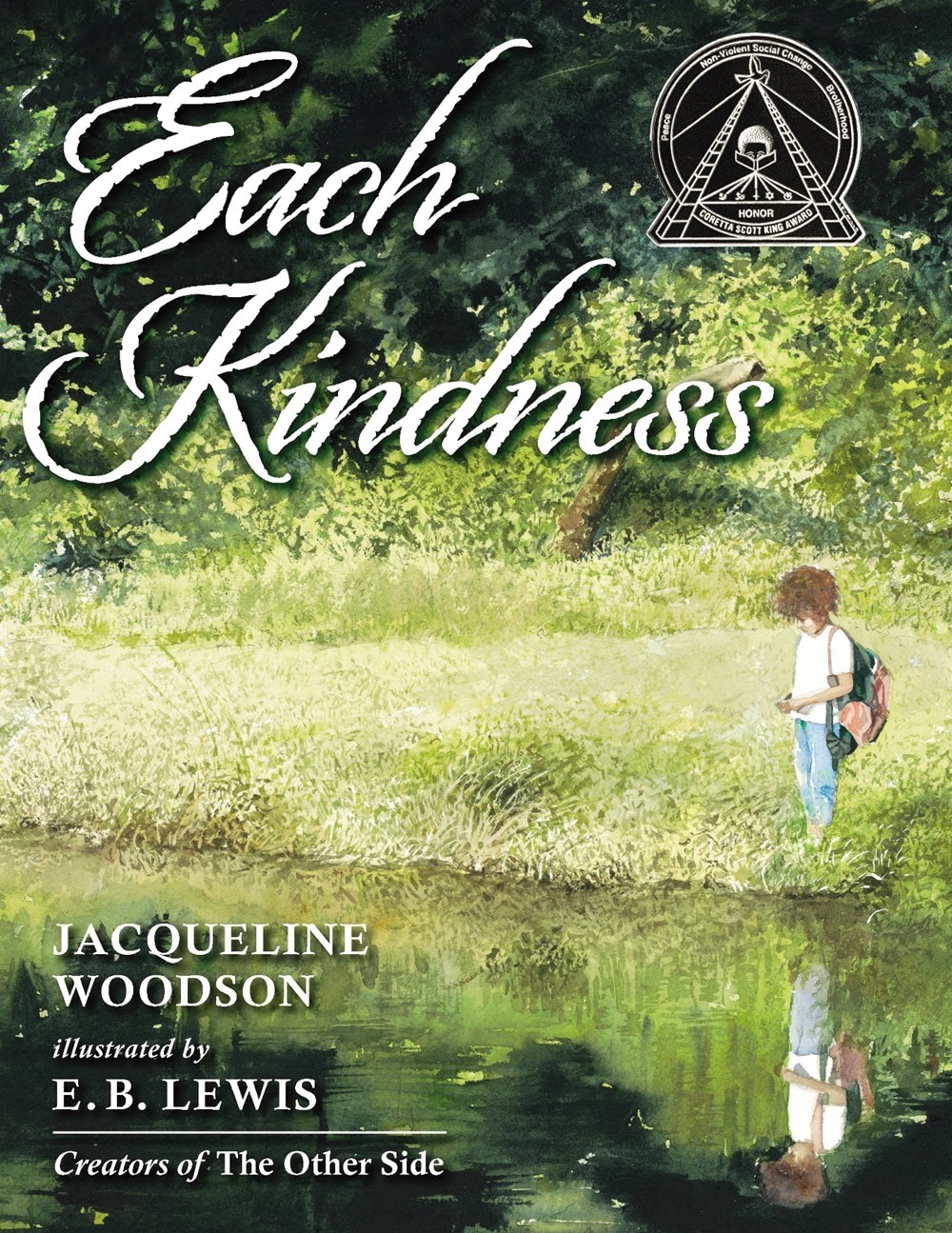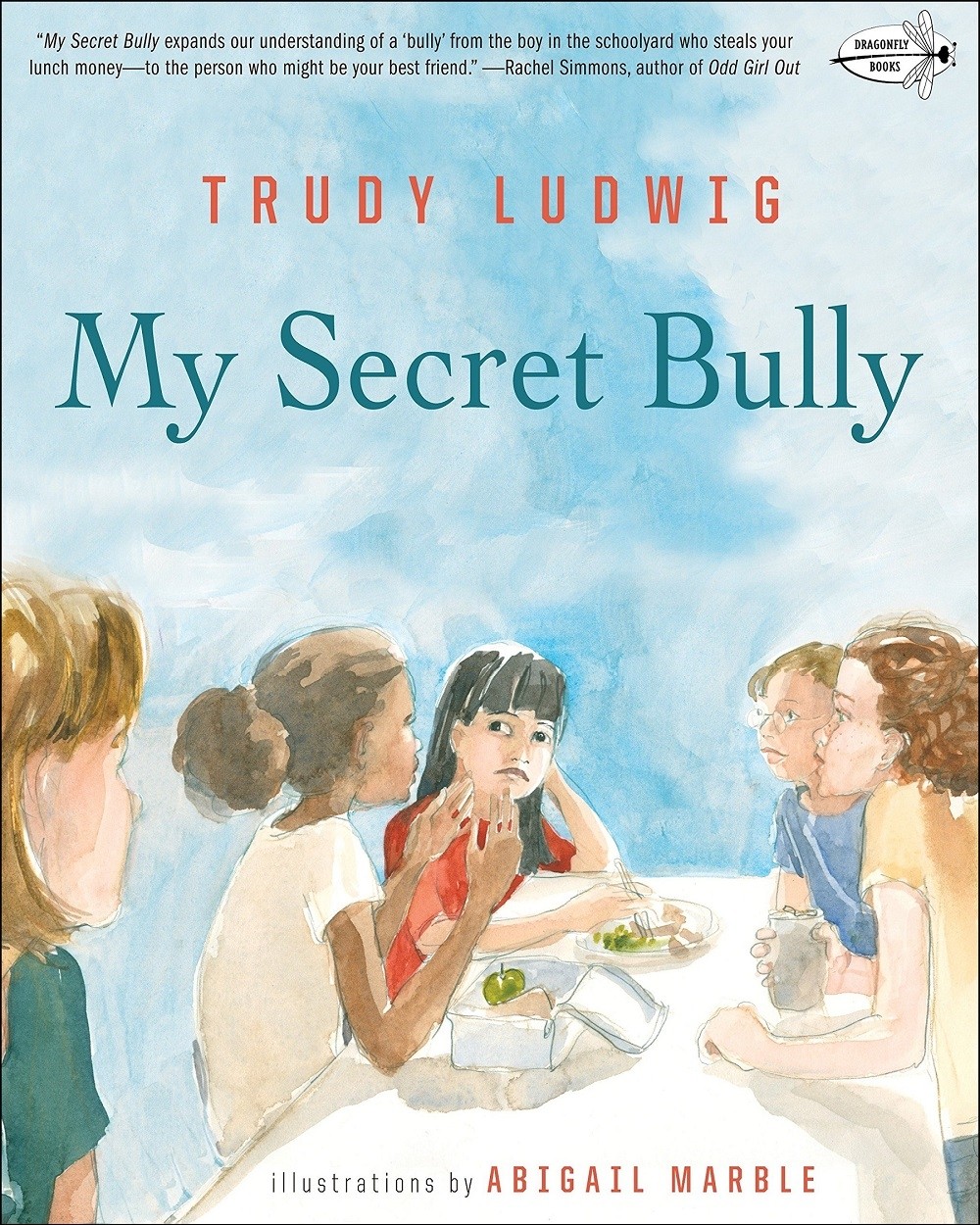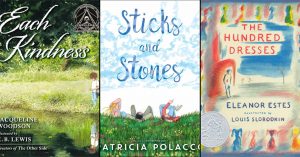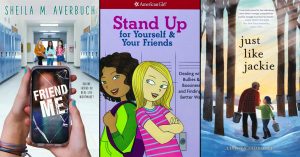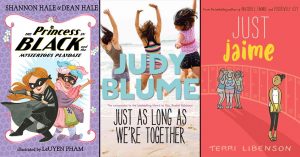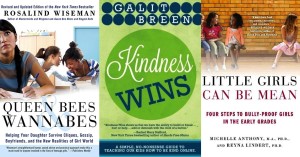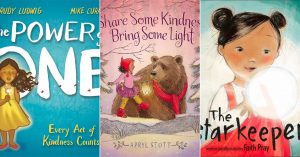"There is a real need to draw a distinction between behavior that is rude, behavior that is mean and behavior that is characteristic of bullying.”
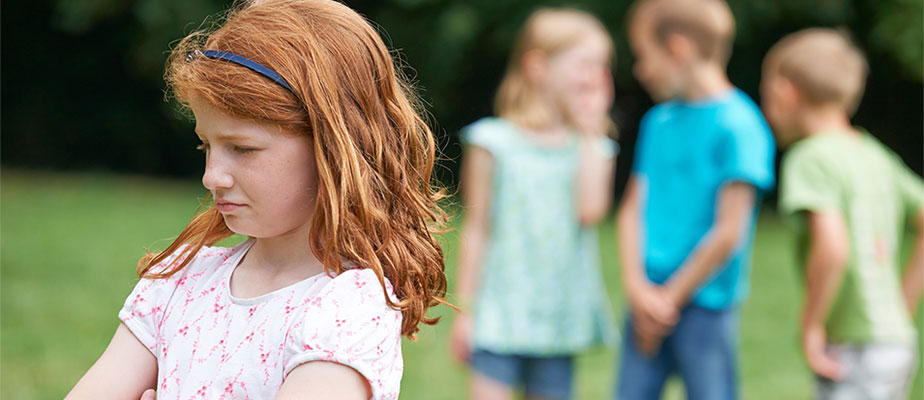 Signe Whitson, a child and adolescent therapist and author of 8 Keys to End Bullying and The 8 Keys to End Bullying Activity Book for Kids & Tweens, has a timely message for parents and educators: “there is a real need to draw a distinction between behavior that is rude, behavior that is mean and behavior that is characteristic of bullying.” In Psychology Today, she clarifies the way she identifies the difference and asks adults to remember that distinguishing between them allows “teachers, school administrators, police, youth workers, parents and kids all know what to pay attention to and when to intervene.”
Signe Whitson, a child and adolescent therapist and author of 8 Keys to End Bullying and The 8 Keys to End Bullying Activity Book for Kids & Tweens, has a timely message for parents and educators: “there is a real need to draw a distinction between behavior that is rude, behavior that is mean and behavior that is characteristic of bullying.” In Psychology Today, she clarifies the way she identifies the difference and asks adults to remember that distinguishing between them allows “teachers, school administrators, police, youth workers, parents and kids all know what to pay attention to and when to intervene.”
Whitson’s article was prompted by an encounter with a parent, who told her, “Last week, my daughter was bullied really badly after school!" and then went on to describe what Whitson characterized as a benign encounter between playful children throwing leaves. She writes, “While I always want to be careful not to minimize anyone's experience... if kids and parents improperly classify rudeness and mean behavior as bullying — whether to simply make conversation or to bring attention to their short-term discomfort — we all run the risk of becoming so sick and tired of hearing the word that this actual life-and-death issue among young people loses its urgency as quickly as it rose to prominence."
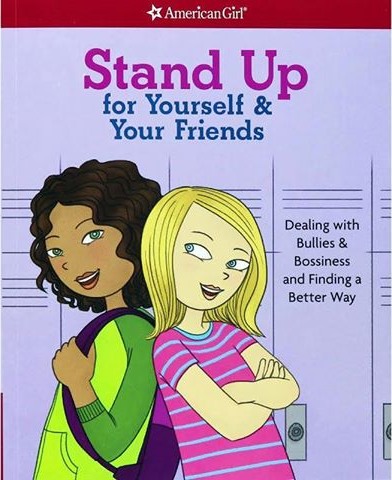 So how does Whitson define the differences? Rude, she says, is “[i]nadvertently saying or doing something that hurts someone else.” In children this takes the form of social errors like “burping in someone's face, jumping ahead in line, bragging about achieving the highest grade or even throwing a crushed up pile of leaves in someone's face.” The critical factor? “Incidents of rudeness are usually spontaneous, unplanned inconsideration, based on thoughtlessness, poor manners or narcissism, but not meant to actually hurt someone.”
So how does Whitson define the differences? Rude, she says, is “[i]nadvertently saying or doing something that hurts someone else.” In children this takes the form of social errors like “burping in someone's face, jumping ahead in line, bragging about achieving the highest grade or even throwing a crushed up pile of leaves in someone's face.” The critical factor? “Incidents of rudeness are usually spontaneous, unplanned inconsideration, based on thoughtlessness, poor manners or narcissism, but not meant to actually hurt someone.”
Being mean involves “purposefully saying or doing something to hurt someone once (or maybe twice).” Unlike unthinking rudeness, “mean behavior very much aims to hurt or depreciate someone.... Very often, mean behavior in kids is motivated by angry feelings and/or the misguided goal of propping themselves up in comparison to the person they are putting down.” And while Whitson agrees that both rudeness and mean behavior require correction, they are “different from bullying in important ways that should be understood and differentiated when it comes to intervention.”
Bullying is “intentionally aggressive behavior, repeated over time, that involves an imbalance of power.... Kids who bully say or do something intentionally hurtful to others and they keep doing it, with no sense of regret or remorse — even when targets of bullying show or express their hurt or tell the aggressors to stop.” Whitson gives examples of multiple kinds of bullying, including physical and verbal aggression, relational aggression (like social exclusion, hazing, or rumor spreading), and cyberbullying. The key aspect to all of them is the ongoing nature of the behavior, which leaves the victims feeling powerless and fearful.
Whitson is pleased that, in the past few years, “Americans have collectively paid attention to the issue of bullying like never before; millions of school children have been given a voice, 49 states in the U.S. have passed anti-bullying legislation, and thousands of adults have been trained in important strategies to keep kids safe and dignified in schools and communities.” As we continue to improve our response to bullying, she asks all adults who interact with children to remember that “a child's future may depend on a non-jaded adult's ability to discern between rudeness at the bus stop and life-altering bullying.”
Bullying Prevention Resources for Children, Teens, and Adults
I Walk With Vanessa
A Story About A Simple Act of Kindness
I Walk With Vanessa
A Story About A Simple Act of Kindness
Vanessa's first day at a new school is a little lonely, but on the way home, things get worse. A boy shouts at her, and she runs home upset — and one of her classmates sees the whole thing. Both girls are heartbroken, but the bystander realizes there are ways she can help... and the next morning, she invites Vanessa to walk to school alongside her. This wordless picture book's expressive images capture the helplessness that kids can feel when they see someone being bullied, as well as the power of simple acts of kindness and the strength that comes from standing together.
Each Kindness
Each Kindness
Chloe and her friends won’t play with Maya, who wears hand-me-down clothes and plays with old toys; eventually, Maya stops asking, and soon after, Maya moves away. But when Chloe’s teacher invites her students to think about how small kindnesses might affect the world in unexpected ways, Chloe has a revelation — she can’t think of a single time that she was kind to Maya, and now that Maya is gone, the opportunity to offer her even a small kindness is gone forever. However, the book also ends with a positive implication: if everyone resolves to extend kindness to everyone they meet, the ripples will extend around the world.
My Secret Bully
My Secret Bully
Bullying can be so subtle that kids don't understand what's happening. Monica and Katie have been friends for years, but now, Katie embarrasses or excludes Monica in front of their classmates. Monica is hurt and confused — why would her friend do such a thing? Fortunately, with some help from her supportive mother, Monica learns that Katie is deliberately being unkind, and that this behavior isn't appropriate from a friend. With a few strategies to handle Katie, Monica feels confident again. One of the few books for younger children that addresses more subtle relational aggression, this book firmly drives home the message that no one deserves to be the target of this behavior.
Trouble Talk
Trouble Talk
Anti-bullying expert Trudy Ludwig wrote this book to illustrate how comments that can seem funny can still be hurtful. Maya’s friend Bailey loves to spread rumors about the troubles in other children’s lives, but when Bailey hears Maya’s parents fighting and turns it into a rumor that they’re going to get divorced, Maya realizes how painful this “trouble talk” can be. Both the school counselor’s advice to be friends with “kids who make you feel safe,” and seeing how hard Bailey has to work to heal the hurt feelings she’s caused, are good lessons for school-aged kids.
Weird!
Weird!
In this book — one of a unique trilogy that shows bullying from the perspectives of bully, bullied, and bystander — popular girl Sam teases Luisa for everything from answering questions in math class to wearing polka-dot boots. Jayla initially joins in, but eventually refuses to participate any longer and befriends Luisa, helping her rebuild her confidence. In combination with the other two books — Dare!, in which Jayla recounts her fears about becoming Sam's target (as she has been in the past), and Tough!, in which Sam learns empathy and rethinks her treatment of others, this book creates a nuanced look at the emotions around bullying incidents.
Stand Up for Yourself and Your Friends
Dealing with Bullies and Bossiness and Finding a Better Way
Stand Up for Yourself and Your Friends
Dealing with Bullies and Bossiness and Finding a Better Way
This book from the American Girl Library is a great starting point for tweens looking for advice on dealing with bullies. Rather than telling girls that there is a “right” way to handle a bully, this book gives a variety of different options, from ignoring taunts to comebacks to involving adults, as well as advice as to how to decide which strategy to use. The book acknowledges that not all mean behavior is necessarily malicious, though, and also provides a guide to knowing how to stand up to a friend who is behaving badly without being mean yourself.
A Smart Girl's Guide: Drama, Rumors & Secrets
Staying True to Yourself in Changing Times
A Smart Girl's Guide: Drama, Rumors & Secrets
Staying True to Yourself in Changing Times
The drama that can appear during middle school has a big effect on their social world — and their confidence. In this book, girls will learn how jealousy, gossip, and cyberbullying can creep into the lives of tweens and teens, as well as how to avoid them and stay true to themselves. They'll also learn what separates regular talk from gossip and how to handle difficult interactions over text or online. By learning how drama starts and how it gets worse, girls can find out what they can do to stop it from taking control of them and their friends.
The Bullying Workbook for Teens
Activities to Help You Deal with Social Aggression and Cyberbullying
The Bullying Workbook for Teens
Activities to Help You Deal with Social Aggression and Cyberbullying
In this excellent title from the Instant Help Solutions series, teens learn to understand and manage the difficult emotions created when you’re the victim of bullying or cyberbullying. Using cognitive behavioral techniques, this workbook helps teens identify and manage their emotions, from anxiety to anger to depression, and provides guides to getting help when bullying is getting out of control. By working through the exercises, teens will develop their confidence in handling their bullies and in communicating their emotions to the supportive people in their lives.
No More Mean Girls
The Secret to Raising Strong, Confident, and Compassionate Girls
No More Mean Girls
The Secret to Raising Strong, Confident, and Compassionate Girls
Many parents think big social stressors first hit girls during the middle school years, only to discover that tough issues like low self-esteem, cyberbullying, and peer pressure are cropping up at younger ages. This invaluable book tackles "mean girl culture" and provides practical advice for parents on how to to teach girls to seek out and build strong, positive friendships; express themselves in a healthy way; and stand up for themselves and for others, empowering young girls to be kind, confident, and resilient leaders who work together and build each other up.
Queen Bees and Wannabes
Helping Your Daughter Survive Cliques, Gossip, Boyfriends, and the New Realities of Girl World
Queen Bees and Wannabes
Helping Your Daughter Survive Cliques, Gossip, Boyfriends, and the New Realities of Girl World
This title revolutionized the way adults think of girls and relationship conflict when it was published in 2002. The third edition of Rosalind Wiseman's groundbreaking book addresses the same questions as the original — everything from how girls choose friends to how relationships with friends, boys, and parents influence them — and also explores the increasing influence of technology on girls’ relationships. Equally importantly, Wiseman addresses how a parent’s experiences affect how they handle their daughters’ social conflicts, and encourages parents to find the right balance between being involved and empowering their daughters to find their own solutions.
8 Keys to End Bullying
Strategies for Parents and Schools
8 Keys to End Bullying
Strategies for Parents and Schools
The response of a community can change a culture of bullying — which means that parents and educators can address — and combat — bullying. Whitson's 8 keys work in multiple ways on the three players of bully, bullied, and bystander, helping everyone to recognize bullying when it happens, step in when they can, and report the situation when it becomes too much for a child to handle. Her keys are flexible enough to use in for a wide range of ages, but by applying them early, kids can learn that bullying behaviors are simply unacceptable, and will always be treated with the seriousness they deserve.
UnSelfie: Why Empathetic Kids Succeed in Our All-About-Me World
UnSelfie: Why Empathetic Kids Succeed in Our All-About-Me World
Studies show that teens are 40% less empathetic today than they were thirty years ago – a trend that hurts both kids and society as a whole. In fact, self-focused behavior can hurt academic performance, lead to increases in bullying behavior, and reduce kids’ resilience when things go wrong. This thoughtful parenting book explores nine research-based habits to build kids’ empathy. From identifying and controlling their emotions to thinking about "us" not "them", these strategies can be used daily to encourage kids to see the world from the perspectives of other people around them, reducing rudeness and bullying and setting them up for a lifetime of positive relationships.










